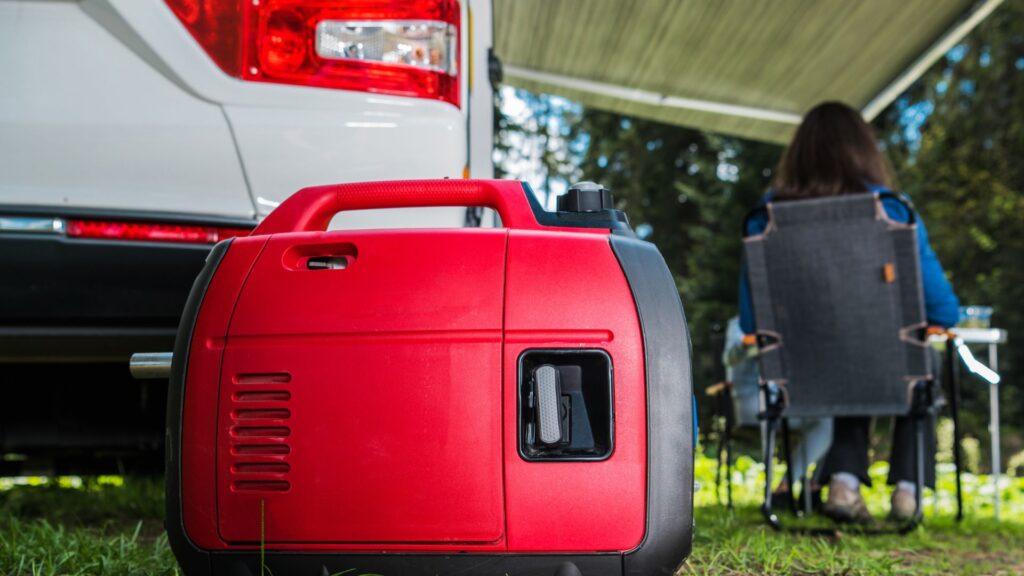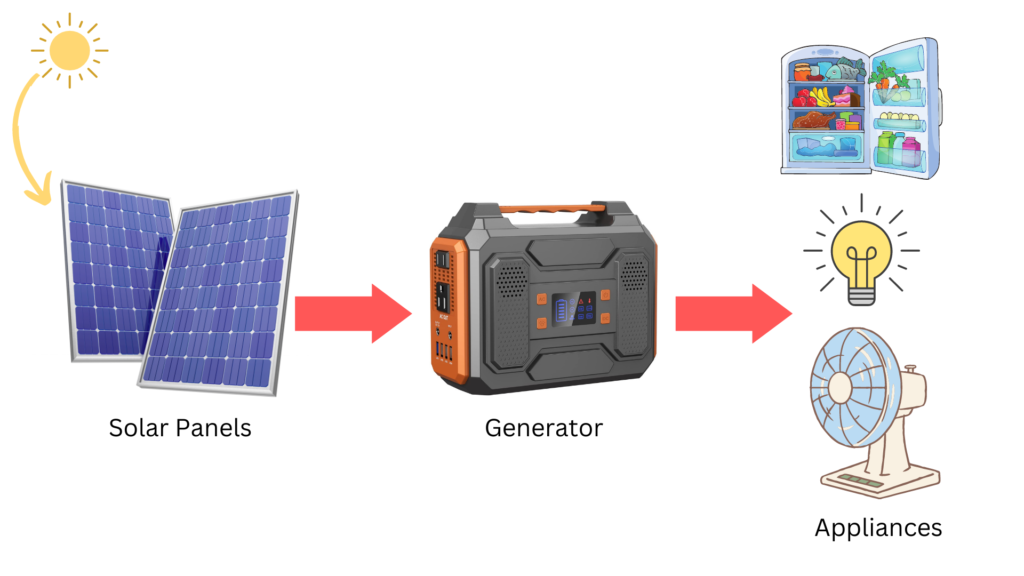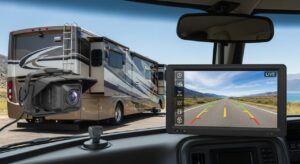How does a Solar Power Generator work ? Quick Guide

Introduction
As more and more people turn to renewable energy sources to power their homes and businesses, solar energy is becoming increasingly popular. One of the most efficient ways to harness the power of the sun is through a solar power generator. In this article, we will discuss how does a solar power generator work.
Solar power generators have become increasingly popular over the past decade since they provide clean energy and are an eco-friendly alternative to traditional power sources. Solar generators can be used to power various machines and devices, including lights, refrigerators, cell phones, laptops, and much more. They have also become popular for use in off-grid living, cabins, RVs, and camping trips.
How does a Solar Power Generator work ?
The basic idea behind a solar power generator is to convert sunlight into electricity using photovoltaic cells, which are arranged in a solar panel. Each cell consists of two layers of silicon, with one layer of silicon positively charged and the other negatively charged. When light hits the surface of the cell, it produces an electric current that is captured by the negative layer of silicon.

Photovoltaic cells are made up of layers of crystalline silicon which absorb photons from sunlight and convert them into electrons. The electrons are then transferred to a circuit where they flow as direct current (DC) electricity. The photovoltaic cells generate electricity as long as they are exposed to sunlight, therefore they are often installed on rooftops or in solar farms where there is ample exposure to the sun.
The electric current produced by the solar panels is direct current or DC power that is not compatible with that used in the home and office since these appliances use alternating current or AC power. Therefore, to use the solar power generator, a device called an inverter is required. The inverter takes the DC power from the solar panel and converts it into the AC power that can be used by household appliances.
Usage of Solar Panel
The size of the solar panel is directly proportional to the amount of power it can produce. An average solar panel can produce between 200 and 300 watts of power per day, depending on the amount of sunlight available. This amount of power is good enough to run a small refrigerator or several lights. For large devices like air conditioners, water heaters, and electrical appliances, larger solar panels with additional battery capacity may be required.
Components of Solar Power Generator
Apart from solar panels and inverters, batteries are also essential components of a solar power generator. During the day, the solar panel charges the batteries, and the stored energy can be used later when the sun is not available. Batteries come in different sizes, and it is important to choose the right size based on the power requirements of the devices to be powered.
To track the amount of energy generated by the solar panels, specialized devices called charge controllers are also used. A charge controller is a device that prevents overcharging of batteries and helps maintain proper voltage levels. It monitors the amount of energy being produced and directs it to the battery or electric system.
Advantages of Solar Power Generator
One of the significant advantages of solar power generators is that they are low-maintenance. Solar panels are designed to be durable and require minimal cleaning and maintenance. Below are some of the benefits of solar power generator
- Renewable energy source: Solar power generators utilize sunlight, which is a renewable energy source, to produce electricity. This makes them a sustainable alternative to non-renewable sources of energy like fossil fuels.
- Cost-effective: While the initial cost of a solar power generator may be high, it can save you a significant amount on your electricity bills in the long run. Once the generator is installed, the energy produced is free, which means you won’t have to pay any recurring costs.
- Environmentally friendly: Solar power generators are known for being environmentally friendly as they produce clean energy and have no harmful effects on the environment.
- Low maintenance: Solar panels require very little maintenance as they have no moving parts. Once the system has been installed, it can last for up to 25 years easily without any major maintenance.
- Versatile: Solar power generators come in various sizes and can be used for various applications like charging your mobile devices or running large appliances like refrigerators and air conditioners.
- Portable: Some solar power generators are portable and can be taken with you wherever you go. This makes them an ideal option for camping trips, emergency situations, or activities that require power but are off-grid.
Conclusion
In conclusion, solar power generators are an excellent option for households, businesses, and off-grid living. They are beneficial in powering small and large appliances while being cost-effective. The three main components of a solar power generator are the solar panels, inverter, and battery. While choosing a solar power generator, it is essential to assess power requirements and choose the right size based on several factors like the size of your household, the devices to be powered, and location. With the right setup, a solar power generator can provide reliable, clean power for many years.

With a degree in Electrical Engineering and years of hands-on experience in the tech industry, passionate to provide readers with insightful reviews. From smartphones and laptops to smart home devices and emerging technologies, he navigates the ever-evolving tech landscape, offering in-depth analyses and honest opinions.

![3d_printed_art_01[1]](https://techreviewly.com/wp-content/uploads/2025/08/3d_printed_art_011-300x225.jpeg)
![a_women_wearing_a_smart_watch_01[1]](https://techreviewly.com/wp-content/uploads/2025/08/a_women_wearing_a_smart_watch_011-300x169.jpeg)






